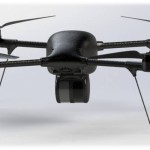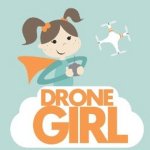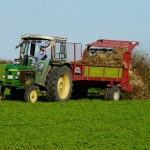UAVs are currently on the edge of dramatic innovation that will allow them to incorporate several new operating systems, sensors, navigation devices, and other advancements onto a single unit. New uses for these versatile systems will naturally follow, often in the initial form of military drones. This technology inevitably trickles down into civilian accessible supplies and resources, which allows very imaginative developments into fields where drones were never seen to be a useful tool before.
Multiple research teams are in the process of developing drones that can carry a mobile signal through the sky in areas that don’t have any communication network. Wildlife biologists are putting drones to the immense task of surveying and protecting wildlife all around the world. The field that may benefit the most people through drone integration, however, is disaster response. These progressions of drone use are especially important because they not only serve to improve the lives of countless people and animals, but they also become an effective means to spread awareness about the positive reality of domestic drones.
Mobile networks are one of the greatest conveniences of our time, allowing instant communication and media delivery to a wireless device at a user’s whim. If the user lives within an area that is fortunate enough to have consistent coverage, it can seem like a limitless resource. Unfortunately, most of the world doesn’t have any sort of wireless communication, no matter how beneficial it may be. When hurricane Katrina hit the US in 2005, all forms of communication were knocked out by the storm in many areas, causing mass confusion among those affected and even among disaster response teams. In the aftermath, the FCC was inspired to begin developing ‘drones’ out of balloons and wireless antennae that would be able to broadcast Wi-Fi and 3G signals to regions affected by natural disasters. The developers still have to resolve issues regarding whatever provider they decide to use, and with the FAA regulations on drones. This could be a game changer not only in disaster relief, but also in military tactics.
Drones have also found success in the field of wildlife management for their generally unobtrusive design. Birds in Denver were recently observed with thermal imaging cameras on repurposed military drones and have been reported to not caused the birds seem to be unbothered by it. Some wildlife scientists have even found that their accuracy rivals that of a human team, but doesn’t require the time and money needed to send a human team on the ground.
Perhaps the most potentially impactful use of drones is that of disaster response. Drones who are sent to gather data an help find people in disaster situations keep reporters and rescuers safe from harsh conditions while still letting them do their jobs. Additionally, drones can carry many sensors and devices that allow responders to simply get a better grasp of the situation at hand than other methods. In a severe California blaze in 2007, a drone with infrared sensors was able to determine the size of the fire and relay it back to responders. These rescue drones even have the benefit of being much cheaper than a helicopter.
There are obviously so many other immensely useful purposes of drones, but not seem to have such a current impact as these three fields.


